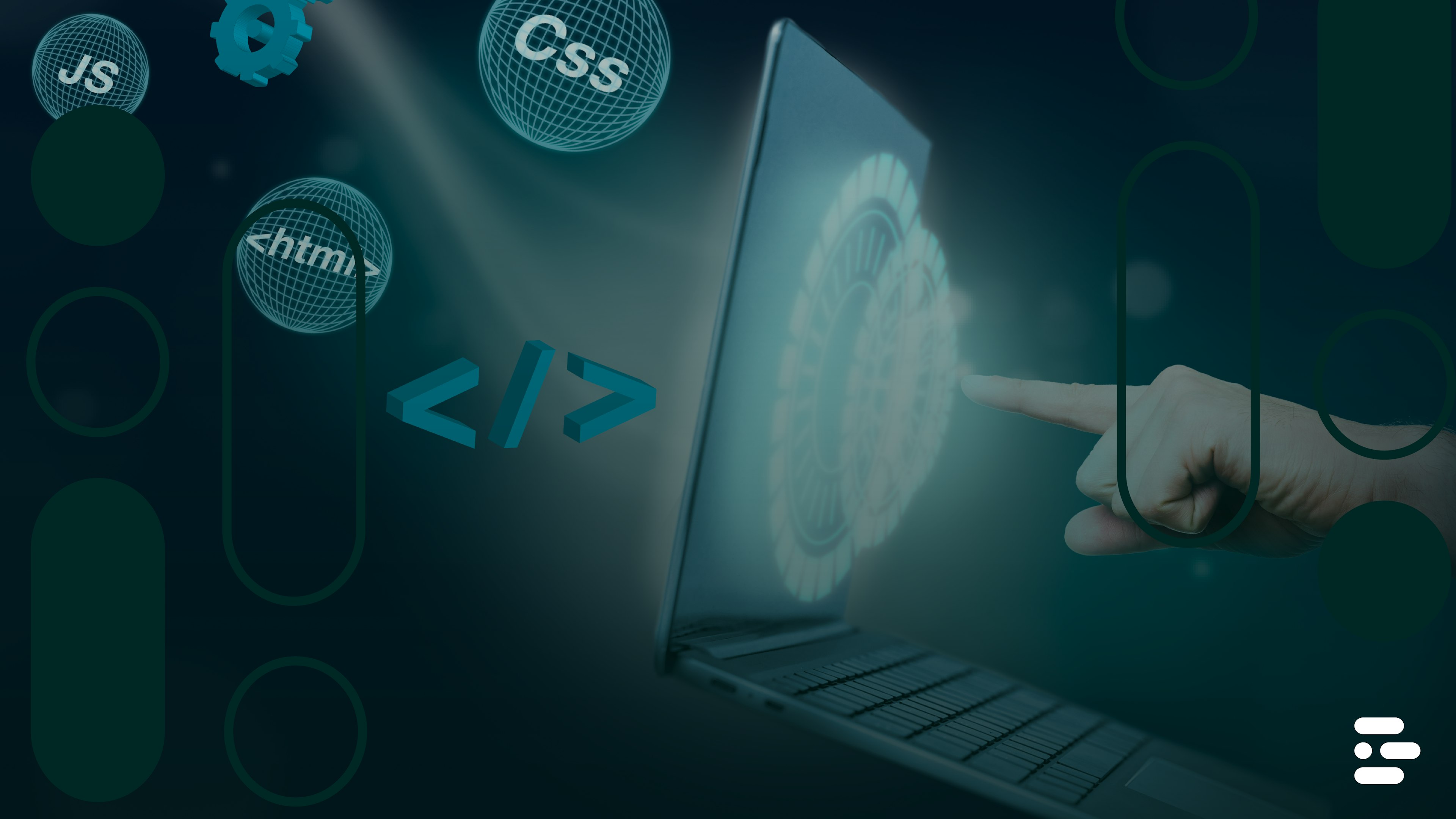Top 5 Technologies in 2022: Must-Have Technology Investments for Your Company


Business and IT leaders know that new technologies are released at a lightning-fast rate, and being at the top of the technology sector means being even faster. But there’s a need to be precise too, and we all know how those two traits can be at odds with each other. To help out technology companies that are navigating the evolving market and their growing business, we’ve put together a list of the trending systems and methods that are defining the industry this year.
The tech industry in the United States and around the world is still building on some trends from 2021, but there are emerging technologies on the scene as well. Stay on the cutting edge of innovative IT technologies with this quick, informative list of the top 5 digital trends in the IT industry.
1.) Robotic Process Automation (RPA)

RPA is a solid, modern option that expands on the 2021 trend of artificial intelligence (AI). With digital workers powered by AI, known as software robots, this form of automation for business procedures frees up your human employees to do more complex tasks. Because of these digital employees, this technology is also sometimes called software robotics. When your IT team isn’t bogged down by handling repetitive tasks, they’ve got more capabilities to grow your business with human-powered creativity and problem-solving. The future of automation looks bright!
Some examples of RPA in business would be inventory management, onboarding paperwork, processing invoices or online orders, and operating call centers.
2.) Edge Computing

An oldie but a goodie, edge computing is making a return to the tech industry’s top technologies. Data science helps companies access new avenues of growth, but every IT expert can tell you that it starts with good data practices. That’s the heart of edge computing. By putting data storage and analysis closer to the sources of data, the goal is to reduce bandwidth and boost speeds for better, faster decision-making. Even in real time! This ability of edge computing connects back to that industry-wide concept of being fast but precise for top-notch results.
That’s how you end up seeing edge computing in self-driving cars, predictive technologies, patient monitoring, and 5G systems.
3.) Virtual/Augmented Reality

With Metaverse updates from Facebook comes more discussions on virtual reality (VR) and augmented reality (AR). There are plenty of ways these technologies can enhance your business, from UX to closing a sale. Because VR and AR are still evolving, the ways they could impact various industries have yet to be seen. If socializing and content sharing takes place more and more in virtual platforms, you can count on ads and marketing moving to those platforms as well. As more companies adopt these technologies into their apps, customer experiences, and internal processes, there’s a rush to see who can introduce new uses first.
Some current scenarios where VR and AR are used include product previews in a given space, educational training, and devices like Google Glass.
4.) Blockchain Technology

NFTs, or non-fungible tokens, recently changed the terrain of art sharing–although not without growing pains–and blockchain technology shows no signs of slowing down. The latest generations of blockchain platforms have emerged to speed up transactions at a more affordable price, and there are eco-friendly discussions surrounding this new technology that could lead to other options being created as well. One example of how this expands on the industry, Blockchain as a Service (BaaS) builds on pre-existing concepts like Software as a Service (SaaS) to better communicate how it can be used in other industries.
Present and potential uses for blockchain technology include money transfers, cryptocurrency, supply chain analysis, and identity management.
5.) Internet of Things (IoT)

Not to be confused with edge computing, IoT refers to the entire network of devices interconnected with each other and the internet. IoT is especially useful on a large scale because it can adapt to that easily. Connectivity and communication rule the day with IoT, since these systems are constantly exchanging information between devices to generate more detailed results. This extra data leads to better decision-making as well because there’s more information on-hand outlining the exact situation.
This is why you’ll see this type of technology in the same places as edge computing, like self-driving cars, but also in data-heavy scenarios such as applications in the farming industry and retail shops.
2022: A Year of Opportunities
While there are other trending technologies not listed here, from speech recognition to machine learning innovations, this top-5 list will set the course for your business. How can you unlock your potential with different devices and systems? Do your clients need something new without knowing it, and you’ll be the first to address that need before they even realize it’s there? There’s only one way to find out.
Subscribe to our newsletter
Stay informed with the latest insights and trends in the industry
You may also like


